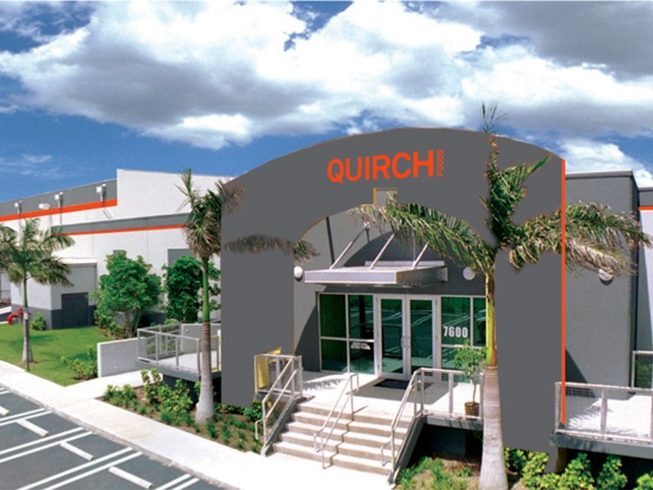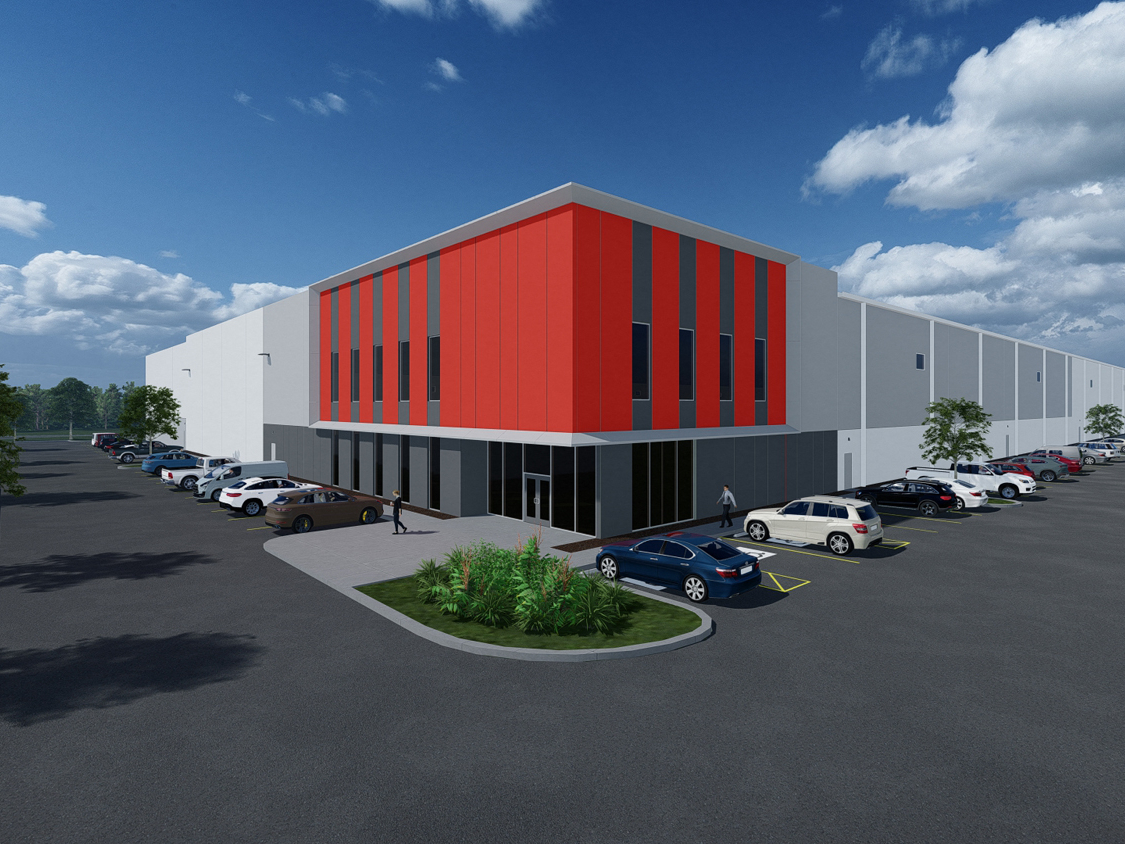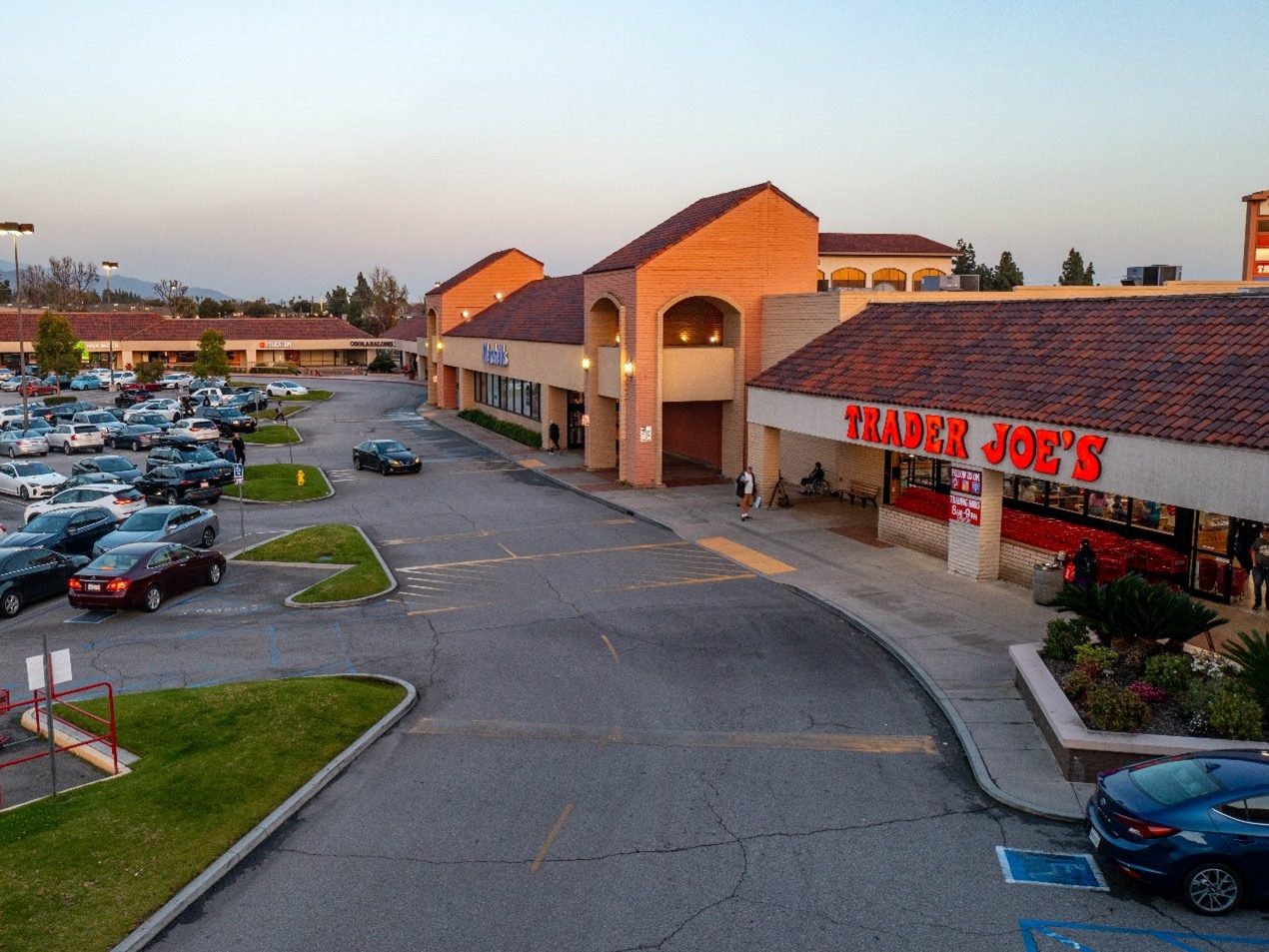Healthcare Reform to Boost Healthcare Real Estate Industry
Healthcare real estate, having managed to fare better than most commercial real estate sectors during the industry's downturn, is now positioned to blossom as a result of the recent passage of the highly contentious Patient Protection and Affordable Care Act and The Healthcare and Education and Reconciliation Act of 2010, according to a report from Fitch Ratings.
 By Barbra Murray, Contributing Editor
By Barbra Murray, Contributing Editor
Healthcare real estate, having managed to fare better than most commercial real estate sectors during the industry’s downturn, is now positioned to blossom as a result of the recent passage of the highly contentious Patient Protection and Affordable Care Act and The Healthcare and Education and Reconciliation Act of 2010. According to Fitch Ratings’ Impact of Healthcare Reform on REITs and Commercial Real Estate Investment report, as healthcare reform is rolled out over the next several years, there will be quite the upsurge in demand for healthcare property types ranging from medical office buildings to drug manufacturing facilities.
As Fitch notes in the report, healthcare reform requires the 32 million Americans who are currently uninsured to acquire insurance, so consequently, the vast majority of those who previously did not seek healthcare or limited their pursuit of services due to lack of coverage will begin to flood the healthcare system. With the increase in individuals in the system, a greater requirement for prescription drugs and medical devices will materialize. As the changes pertain to the real estate world, the boom in the utilization of healthcare services and products will result in the need for additional medical office space, outpatient facilities, acute care hospitals, drug manufacturing facilities and laboratory and manufacturing space.
“This increase in demand will benefit developers,” Jan Svec, senior director with Fitch, told CPE. “Healthcare is currently 16 percent of the GDP, and with the bill covering more people, it is estimated that it could reach 20 percent of the GDP within the next few years. Naturally, if you’re a REIT or private developer, you’re going to look to this market for growth.” Many real estate firms that have focused on traditional office properties, for example, may start to add medical office buildings (MOBs) to their roster of projects.
“On the general office side of the real estate market, there won’t be a lot of development over the next several years because jobs are the big driver for office development, Svec said. “So even those who haven’t moved into MOBs yet will look to that sector for growth.” Impending demand notwithstanding, medical office properties have long been somewhat of a safer bet than traditional office properties for owners. “Landlords find that MOB occupants tend to be sticky tenants; they move much less often than traditional office tenants.”
The call for more healthcare-related properties will be countrywide, but some regions will see more growth in particular property sectors. “The life science and biotech segment of the market tends to be clustered in certain areas–Boston, San Diego, Raleigh/Durham, San Jose, Seattle–so those areas will benefit when there is more demand for pharmaceuticals and biotech products,” Svec noted.
While a rise in the need for more healthcare properties appears to be inevitable, developers are not rushing to commence new projects. “It’s going to happen more gradually than people putting shovels in the ground tomorrow,” she said. “In general, landlords are very aware of the impact the bill will have over the next several years. They’re uncertain about timing, but they know demand is coming.”







You must be logged in to post a comment.